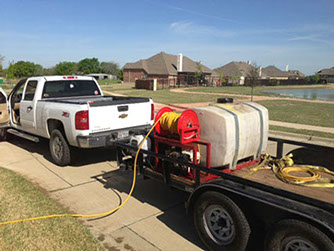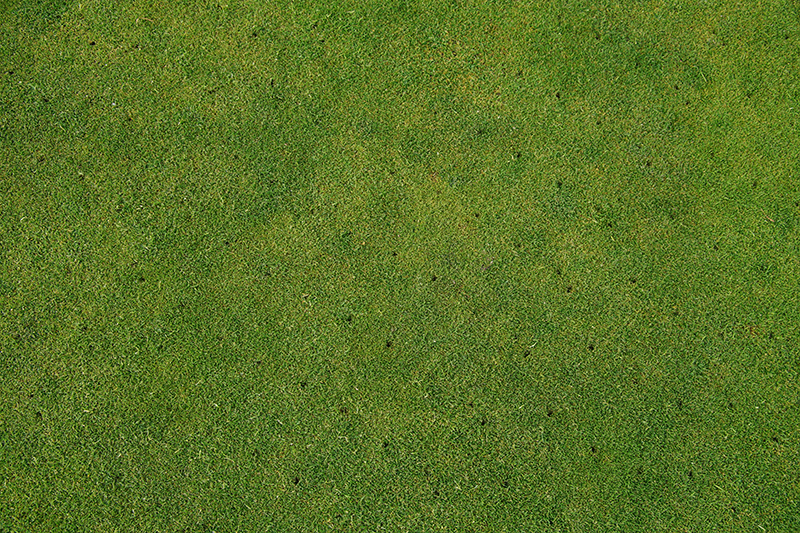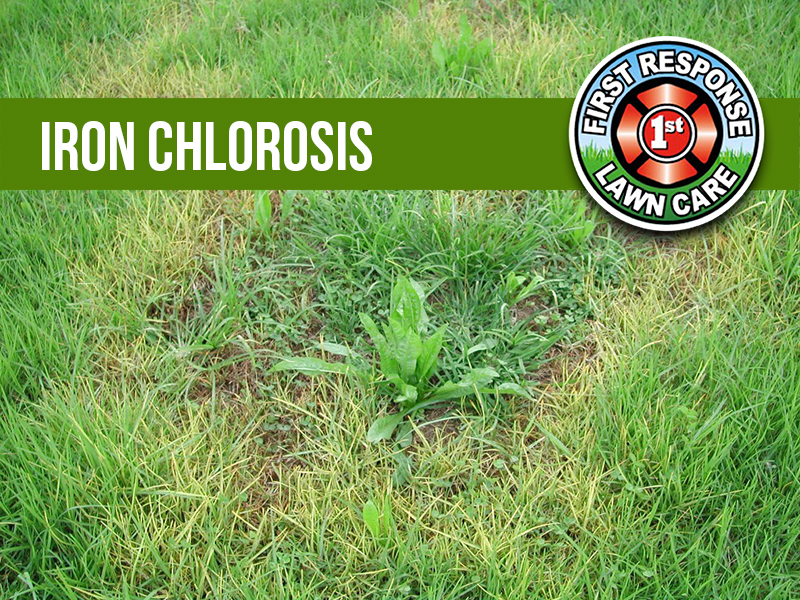
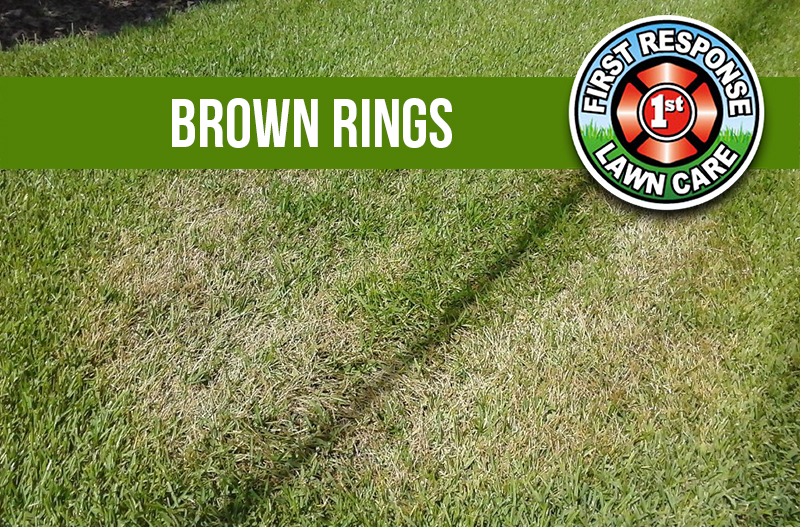
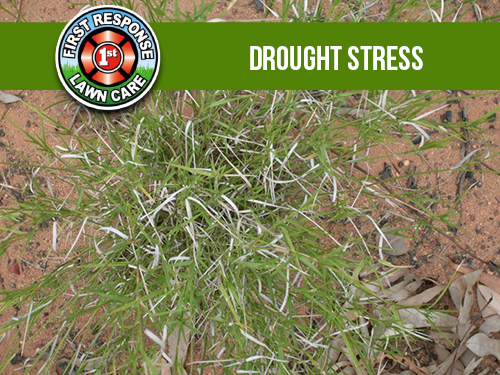
Contact First Response Lawn Care to review treatment options tailored to your lawns’ needs.
Call (214) 701-7622 today!
Iron Chlorosis
Drought Stress
Take-All Patches
Cause and effects
Drought-tolerant grass Species.
Inefficient Irrigation.
Overfertilization
Yearly aeration
Overwatering.
Mowing height
Using proper fertilizers.
Pre-Emergent Treatments
Weed Killers
Lawn Aeration
Fall and Spring Clean-up
Iron Chlorosis c
St. Augustine grass is most susceptible to Iron Chlorosis.
Drought Stress
Grass affected by drought stress looks blue-green or silverish, and individual blades curl. Footprints remain in the lawn after you step on it. The soil under the lawn is dry.
Brown Rings
Brown patch first causes circular patterns of dead grass blades; in two to three weeks, new leaves may emerge in the center of the circular patch, giving diseased areas a donut-shaped appearance. The affected grass turns brown and grass blades rot and break off from the runners.
Take-All Patches
Take-all patch first appears as a yellowing of the grass and a darkening of the grassroots, followed by a thinning of the turf in irregular shapes. The darkening of the roots indicates rotting, and the roots can rot so extensively that the grass can be easily pulled up.


